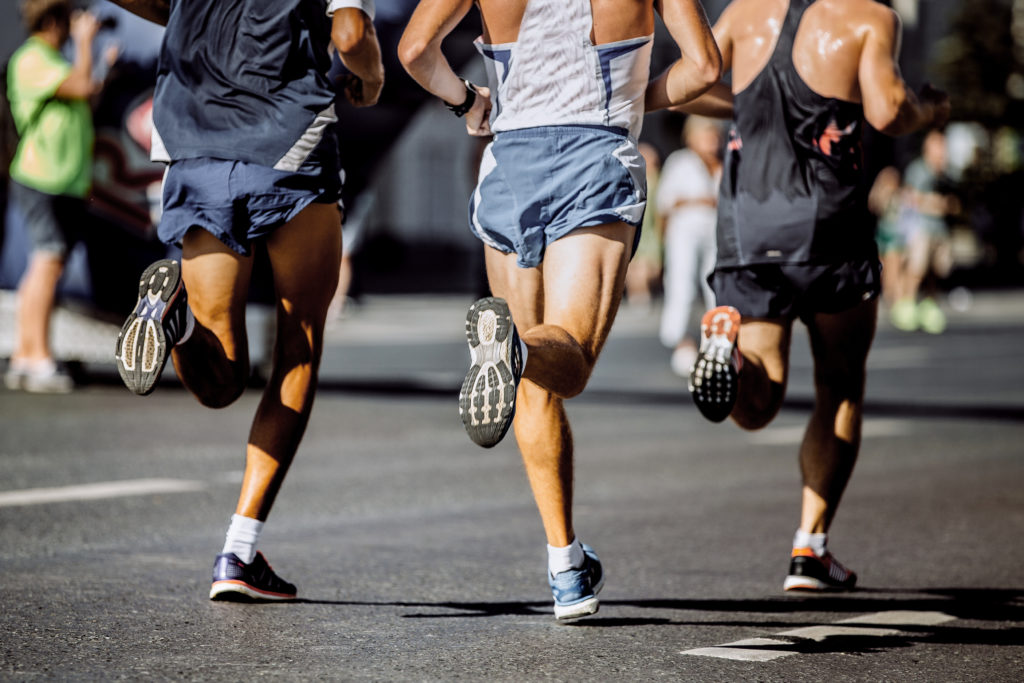This is not a piece lauding negative splits as the way to run a race. Figures actually show that the vast majority of athletes, even at the top end, do not run negative splits over the marathon distance.
This phenomenon is so extreme, in fact, that only one runner out of the first 100 mass-start finishers at the Virgin Money London Marathon managed to buck the trend and run the second half of their race quicker than the first.
To put it even more simply, that means 99% of the runners finishing in less than 2hrs 36mins 53secs (I think it is fair to say these are all experienced runners) ran the first half quicker than the second ie ran a positive split. With such evidence, it is hard to claim that a negative pacing strategy is the way to go.
And yet, in theory, it makes perfect sense. Going out hard and hanging on for a good finishing time hurts; going out slower and coming back faster is not only physically more rewarding and also mentally: the ability to be able to pass runners rather than be passed definitely fuels you to a stronger finish.
I certainly favour the negative split as a racing technique. In fact, personal experience bears this out. Last November, I ran in the Nice-Cannes (Les Alpes Maritimes) marathon, where I recorded a positive split of about 4mins. In May, this year I managed a negative split of 1min in the Copenhagen marathon. Both of these were run in under 3hrs, but the latter was far more enjoyable. Here’s why:
1) Overtaking people in the latter stages feels great
You’ve been on your feet for over 2hrs. You’re hurting, but so is everyone else. To have that extra little bit of energy to glide past someone is an incredible feeling; one which only fuels and inspires you to catch the next few people ahead of you.
2) Cross the line feeling strong
In Cannes, I crossed the finish line and nearly collapsed. I was totally spent. The recovery took an age. In Copenhagen, I was able to hit the final few kilometres and home-straight hard, meaning that I felt on top of the world when crossing the line. Sure, I was shot to pieces, but in a euphoric, ‘I can do anything’ type of way, rather than feeling like someone just bull-dozered over my legs.
3) Ease in, enjoy the race
Spending the earlier parts of the race seeing how your body is coping, testing for any little niggles and pains that might come into play later on, makes the first part of a race really relaxed. Take in the surroundings and acknowledge where you are and the feat you are undertaking. If you go hell for leather in the first hour, you will inevitably neglect this. You have to be disciplined to hold back – but it’s worth it.
Tough as it may be, running a negative split is an altogether more enjoyable way to run. I offer no proof that it is more efficient or faster, but you sure do feel great when you cross that line knowing you just overtook all those people that shot past you in the early stages!







